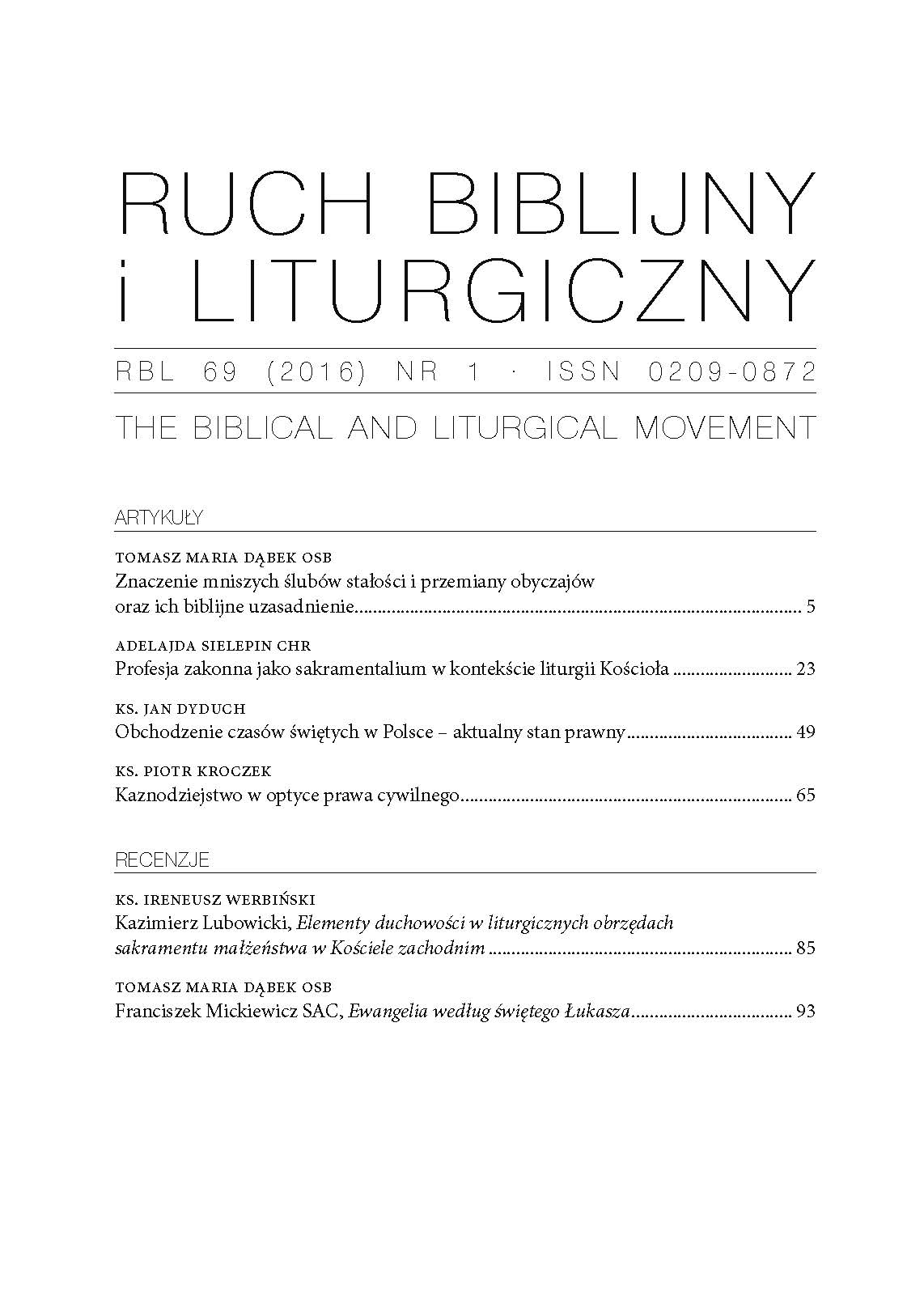„Mysterium” w euchologii hiszpańsko‑mozarabskiej: od epistemologii liturgicznej do eklezjalnej praxis
Mysterium in Hispanic-Mozarabic euchology: from liturgical epistemology to ecclesiological praxis
Author(s): Piotr RoszakSubject(s): Christian Theology and Religion, Epistemology, Philosophy of Religion
Published by: Polskie Towarzystwo Teologiczne
Keywords: Hispanic-mozarabic rite; christology; mystery; sacrament;
Summary/Abstract: One of the characteristics of the Hispanic euchology is its focus on the mystery known, mediated and participated in the rite by faith. This tri-partite division will determine our reflection on mystery. First, Mozarabic Rite is oriented ad consideranda divinis Mysteriis sacramenta. It is very typical for this rite this verbal unit between mystery and sacrament, which establishes the appropriated hermeneutical coordinates for the liturgical epistemology. These two terms are not already synonyms, since they indicate two different aspects, external (sign) and internal (salvific reality), mediating in rite. Liturgical actio opens up space and time so that, under visible signs, one can discover the invisible mystery. Second, for Mozarabs, the mystery is not so much a reminder of the unknowability of God but means his Trinitarian revelation. Finally, the Hispanic euchology is marked by concern for adequately celebrating mysteriis solemnitatis, the grace of sacraments, and intends to hold the odore fragrantia of mystery in the rite. The Christian life is view as the bringing of mysteries which God wanted to share with man. It introduces the ecclesial paradigm of wisdom, which entails liturgy comprehended by Mozarabs as arcanum Christi.
Journal: Ruch Biblijny i Liturgiczny
- Issue Year: 68/2015
- Issue No: 1
- Page Range: 69-88
- Page Count: 20
- Language: Polish

